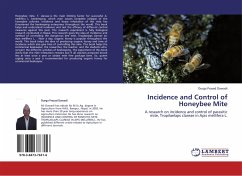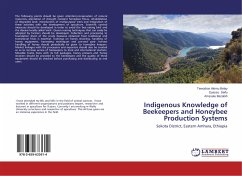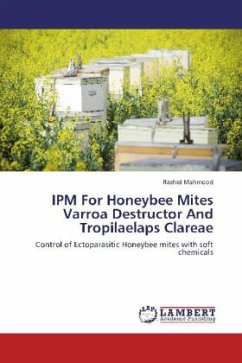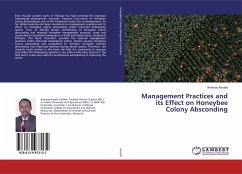Honeybee mite, T. clareae is the main limiting factor for successful A. mellifera L. beekeeping, which even causes complete collapse of the honeybee colonies. Incidence and heavy infestation of this mite has threatened the beekeeping enterprises throughout the world. This book helps and understand incidence and test the efficacy of different control measures against this pest. The research experiment is fully biological research conducted in Nepal. This research gives the idea of Incidence and method of controlling the dangerous bee mite, Tropilaelaps clareae on Apis mellifera L. . Now a day, organic honey is popular throughout the world. This book helps the idea of producing organic honey and time of incidence which also give time of controlling this mite. This book helps the commercial beekeeper, the researcher, the teacher, and the students who concern the different activities of beekeeping. The experiment of this book clarify that the mite infestation remains low if all colonies prepared brood less at least once a year or obtain mite free package bees. So, queen caging once a year is recommended for producing organic honey for commercial beekeeper.








